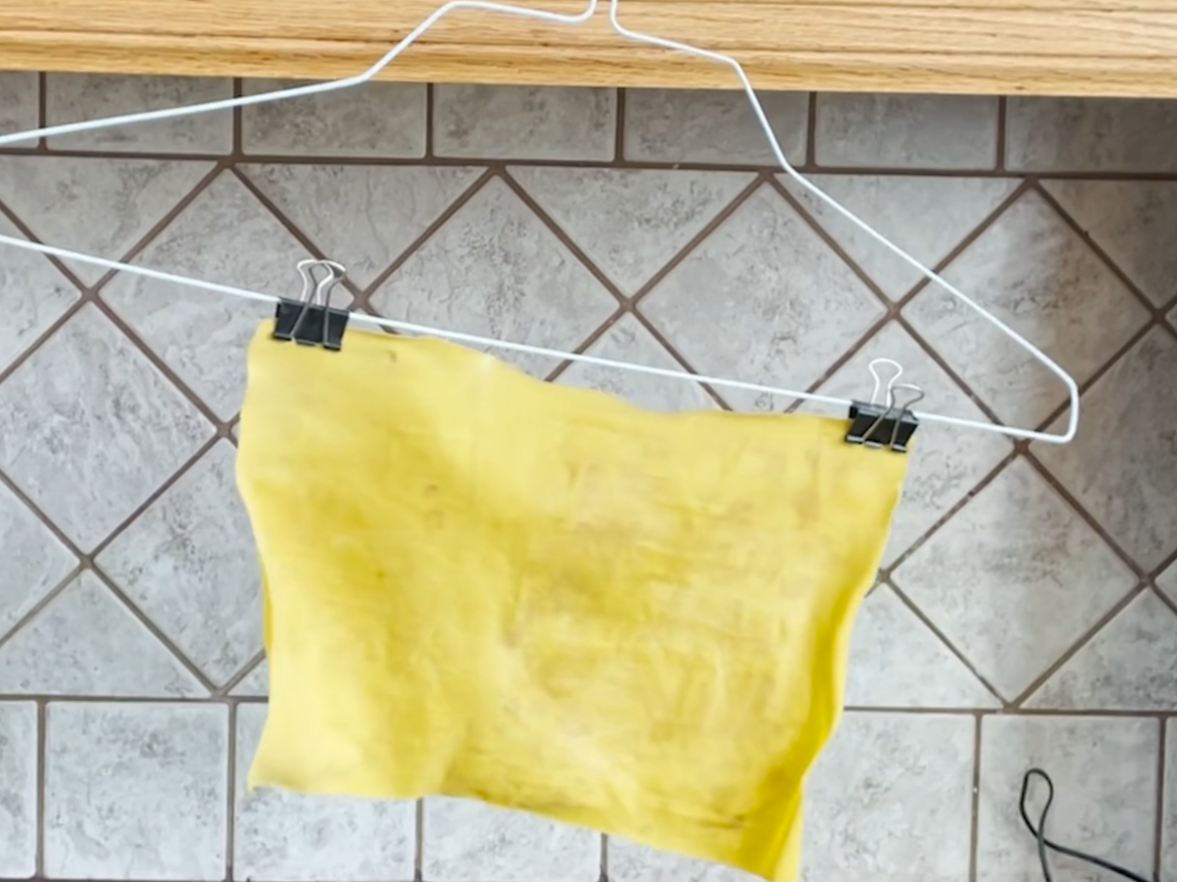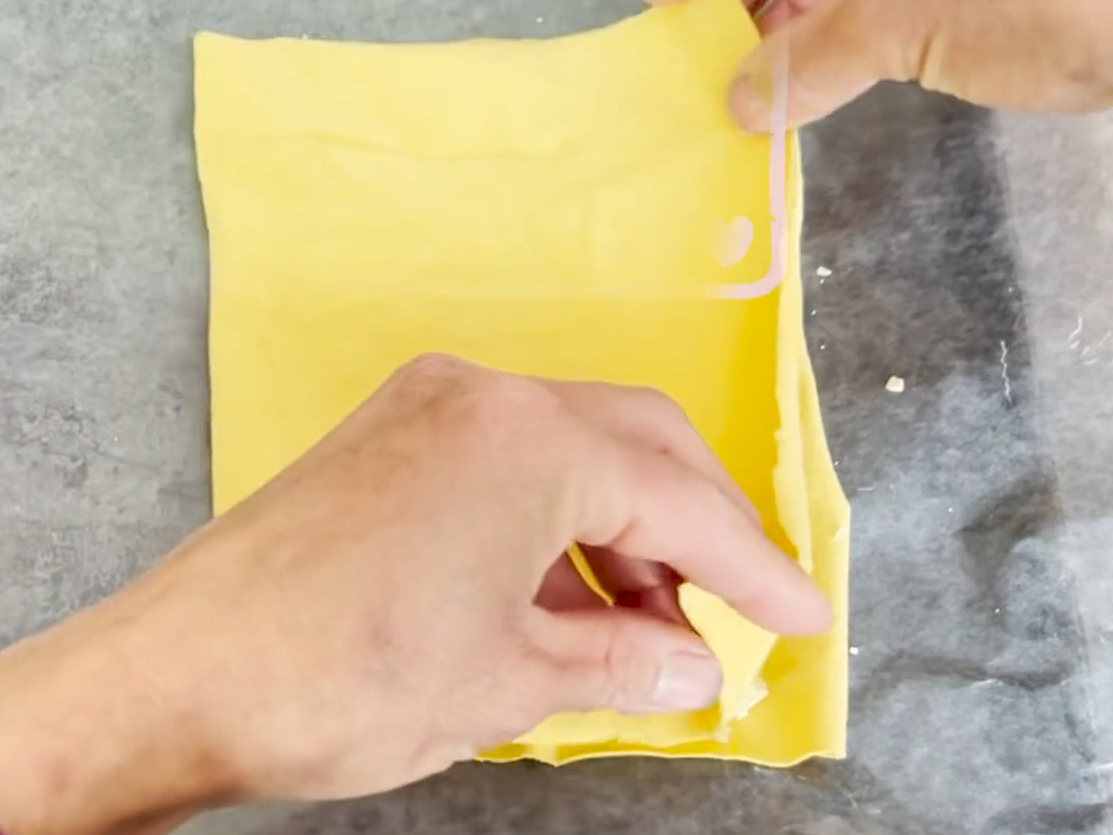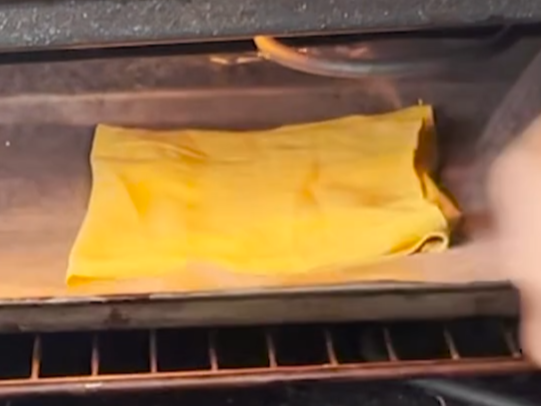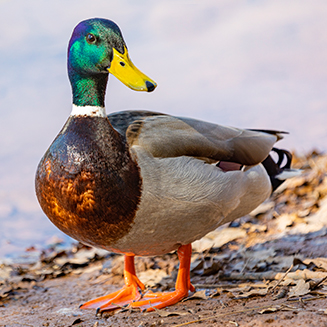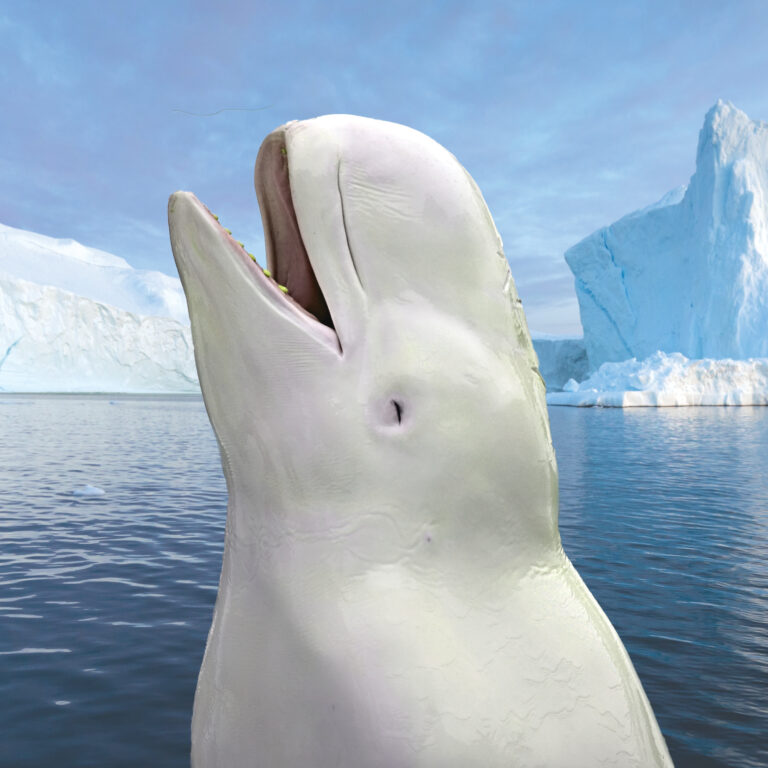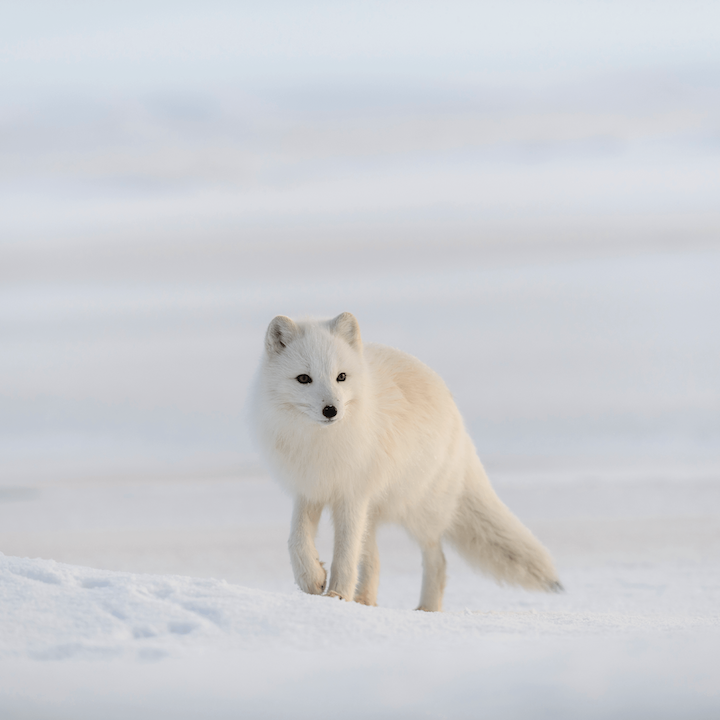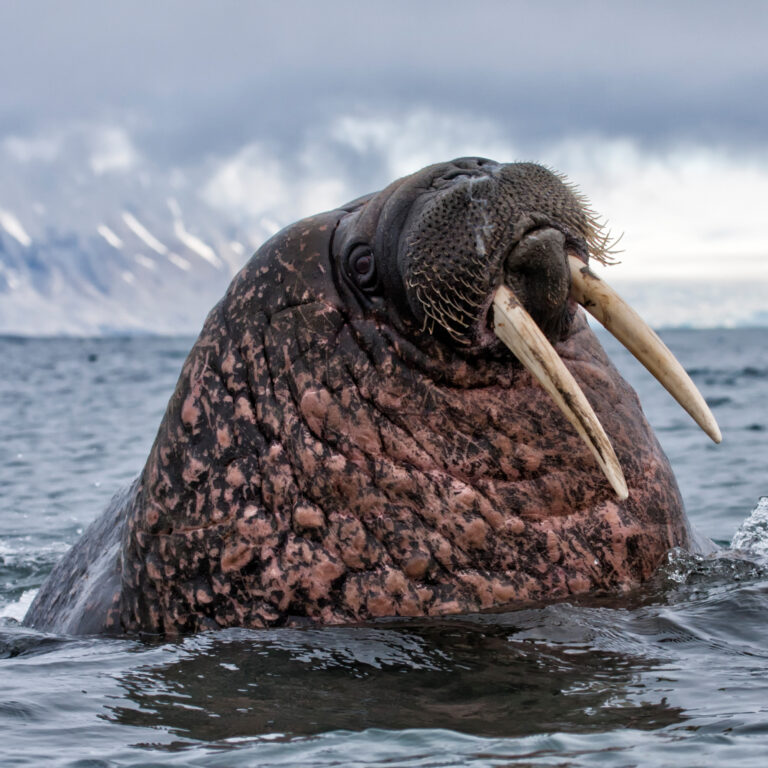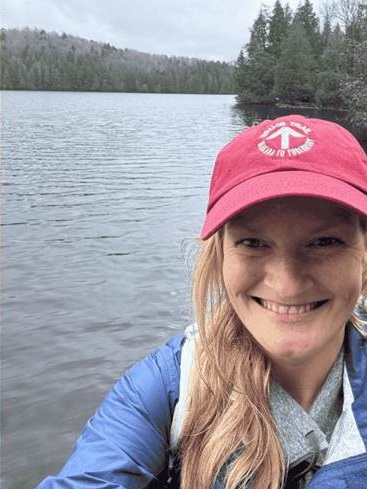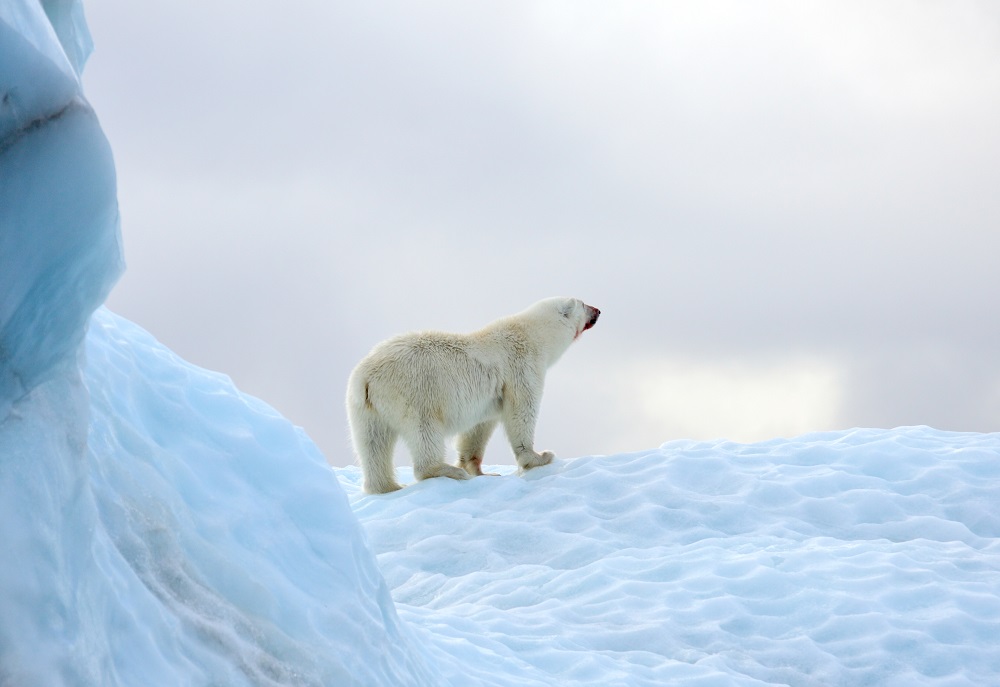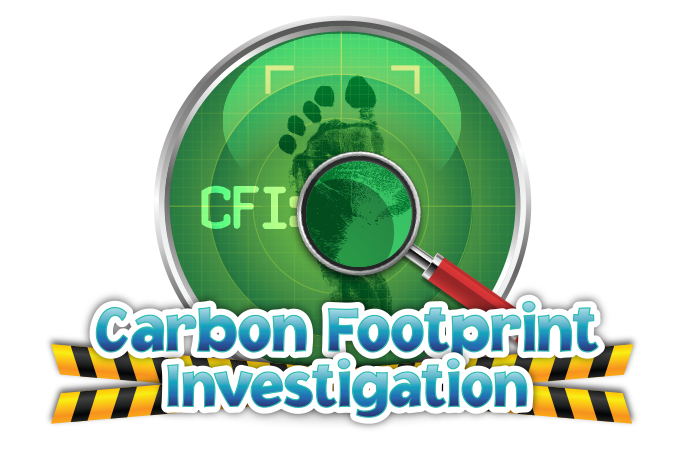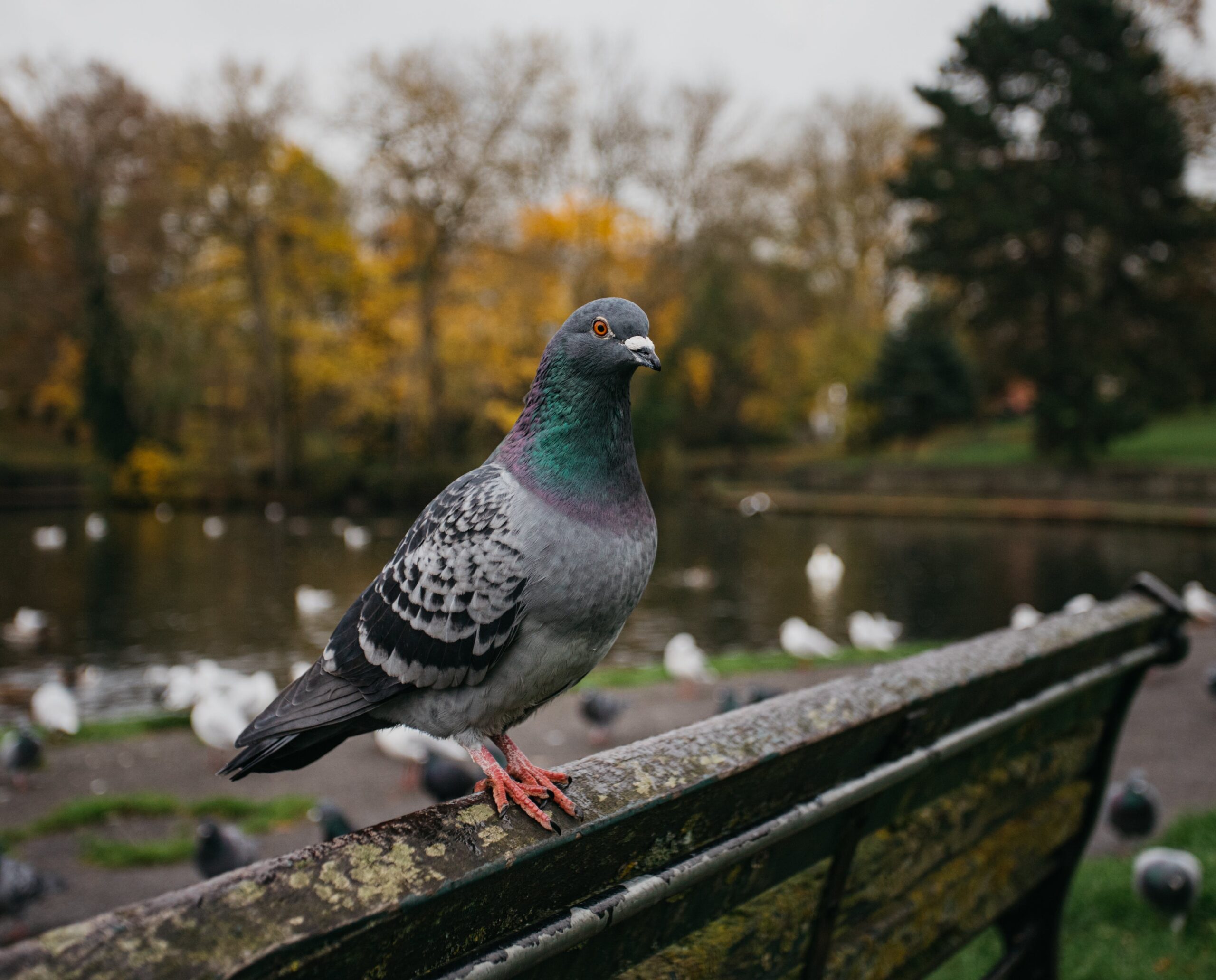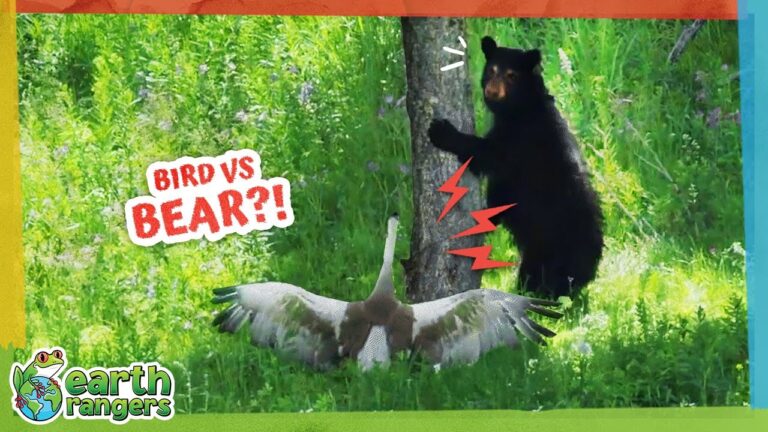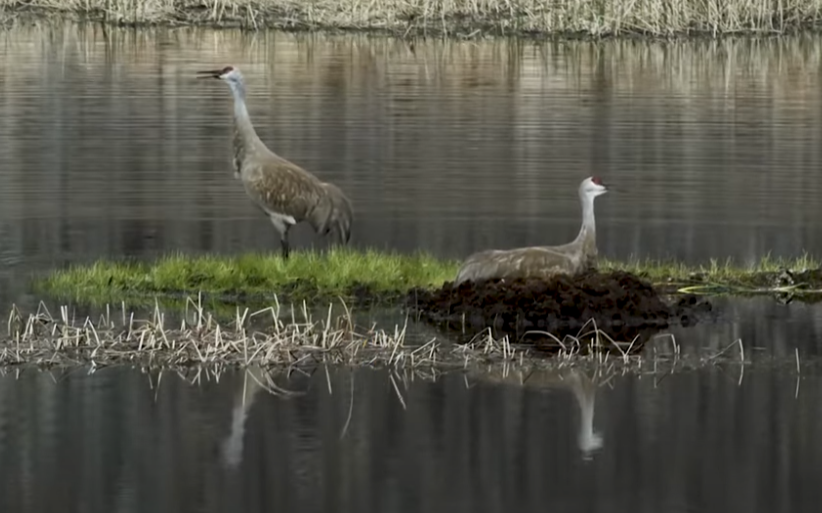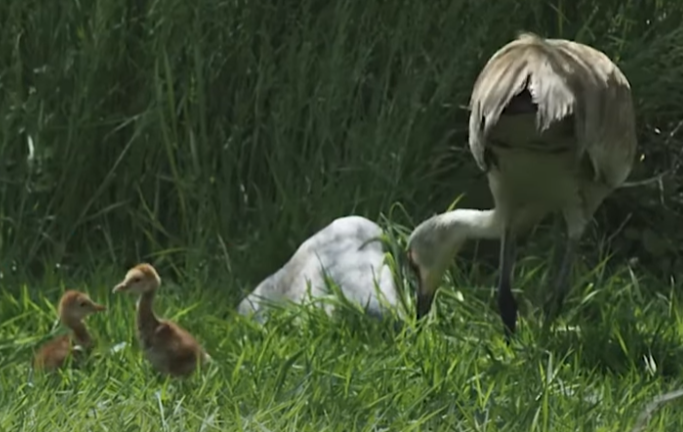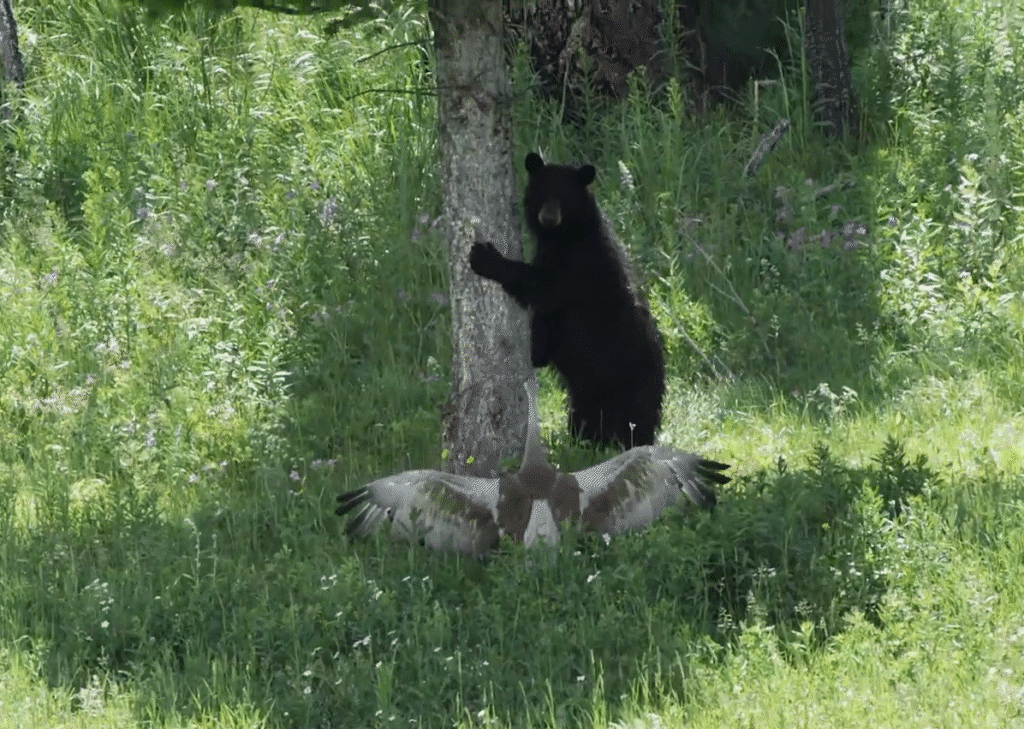Reusable Beeswax Wraps
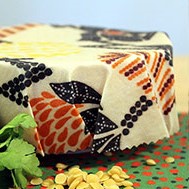
You might not think twice about covering your leftovers in plastic wrap, but it’s just another single-use plastic that’s hurting our planet. There are lots of reusable products you can use for storing your food instead, like the DIY beeswax wraps.
Here’s what you need:
- 100% cotton fabric
- Beeswax (check local farms, craft stores, or farmer’s markets!)
- Scissors
- A tool to spread the melted beeswax with, like a paintbrush, butter knife, or pallet knife
- Something to air dry the beeswax wraps with, like a hanger or clothespin
- An adult to help
Here’s how you make it:
Step 1: Cut out different sized square and rectangular shapes from your cotton fabric—choose sizes that will fit your lunchbox or the food dishes that you’ll be covering.
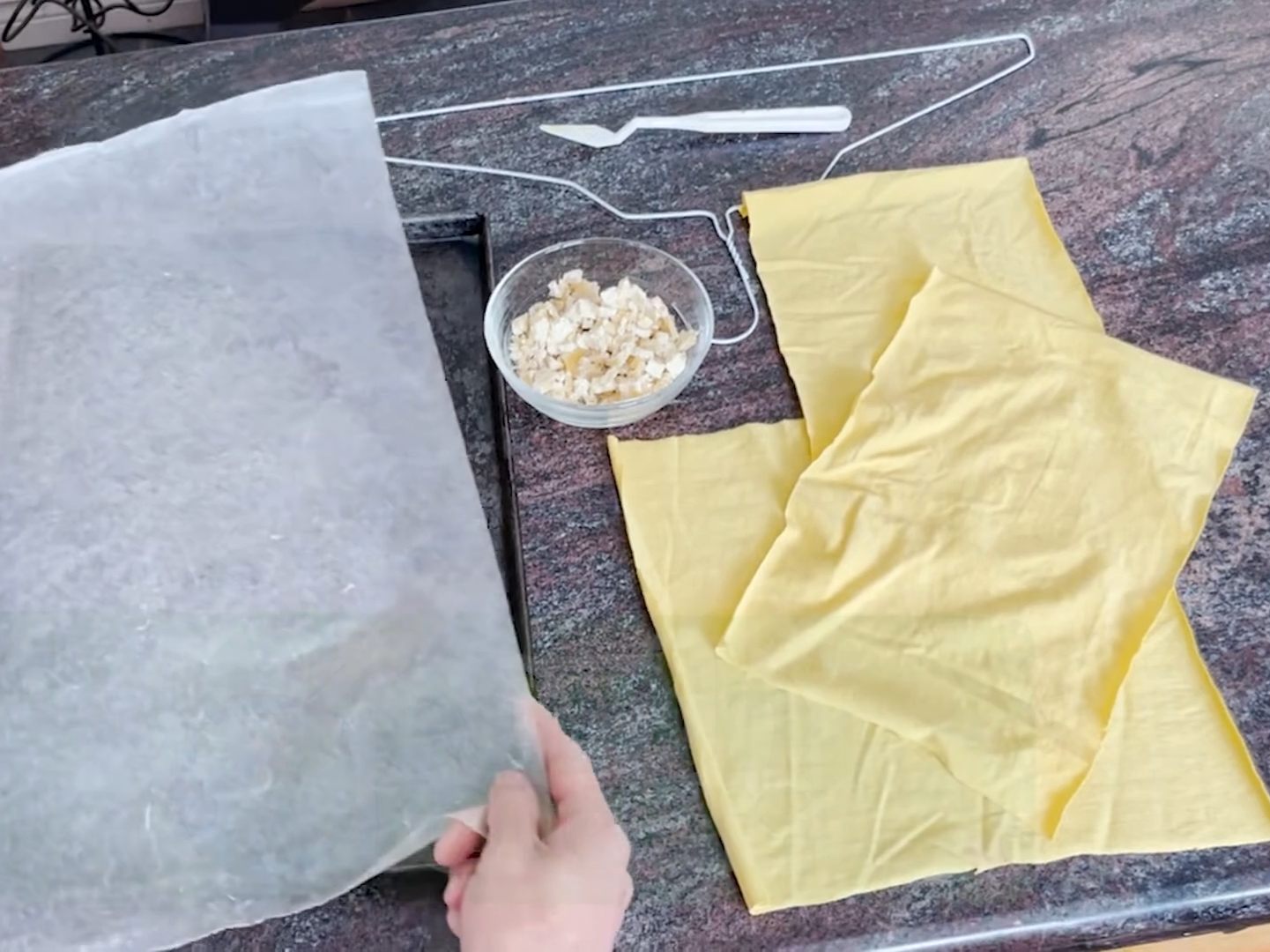
Step 2: Place the sheets of cotton onto a baking sheet lined with parchment paper or a reusable baking mat.
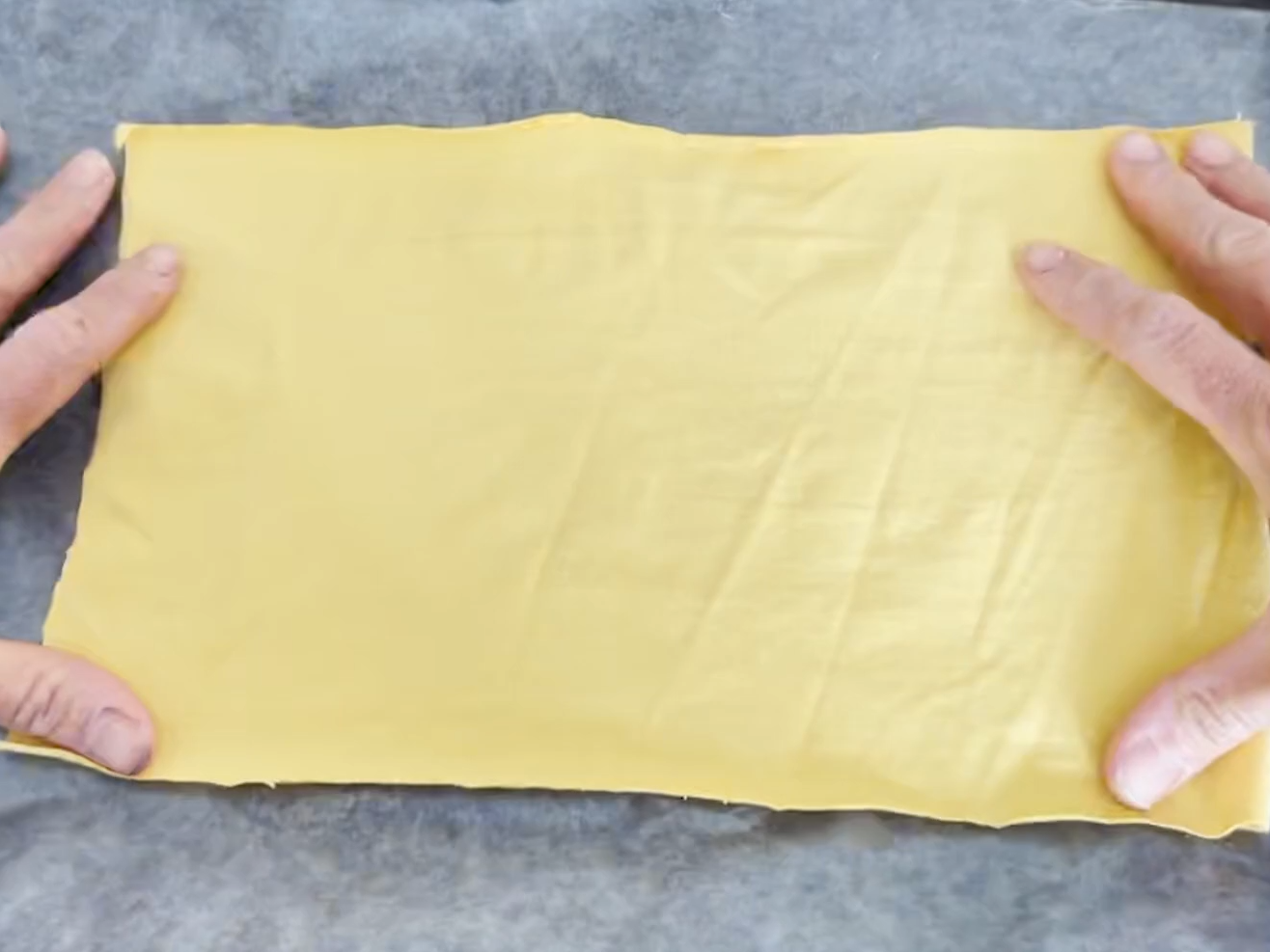
Step 3: Spread 1-3 tablespoons of beeswax pellets/shavings over half the cotton sheet. The amount you use will depend on the size of your fabric.
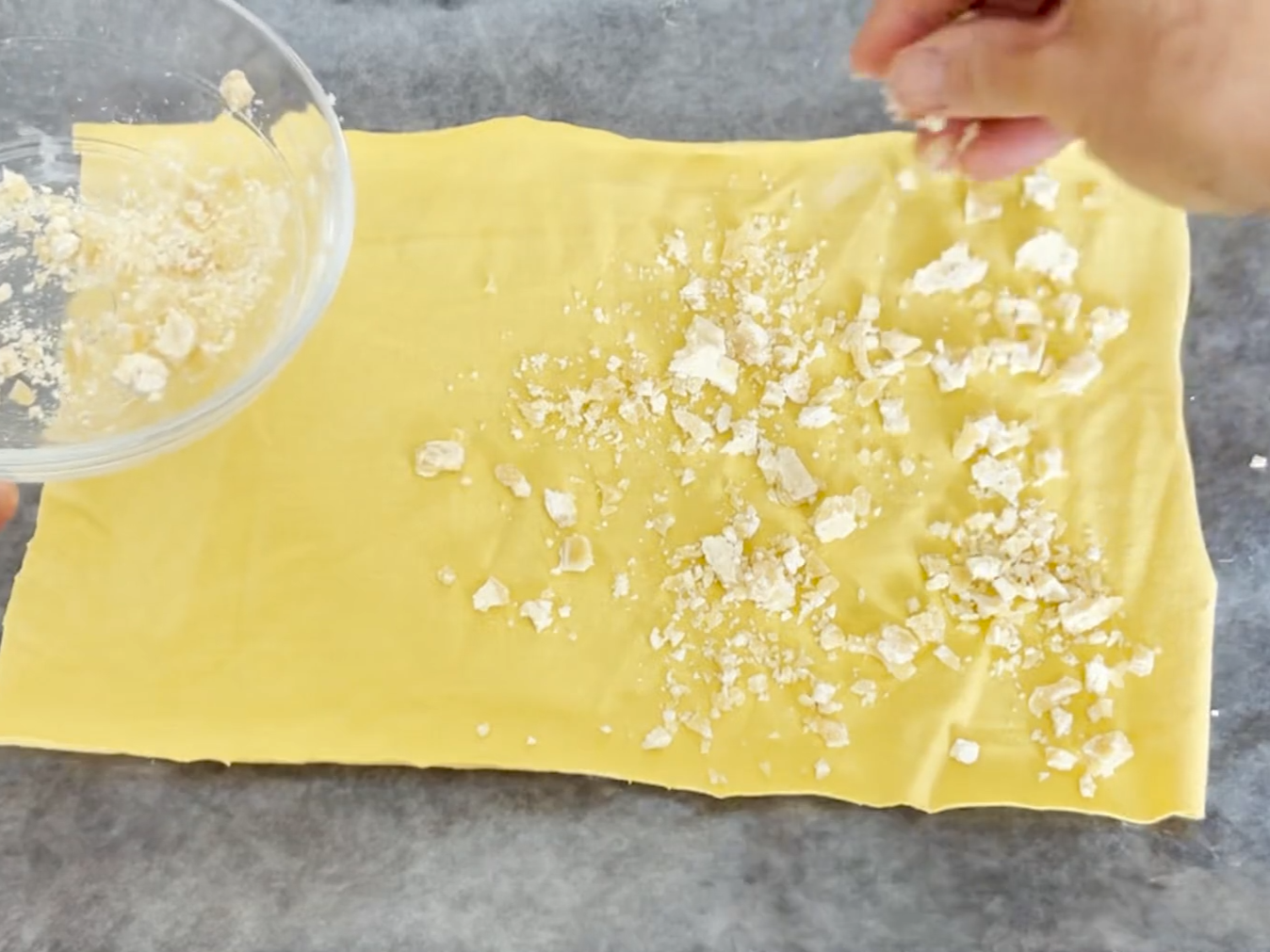
Step 6: Take the baking sheet out of the oven, unfold the fabric, and spread the melted beeswax over the entire thing. Be careful when you do this because it could be hot!
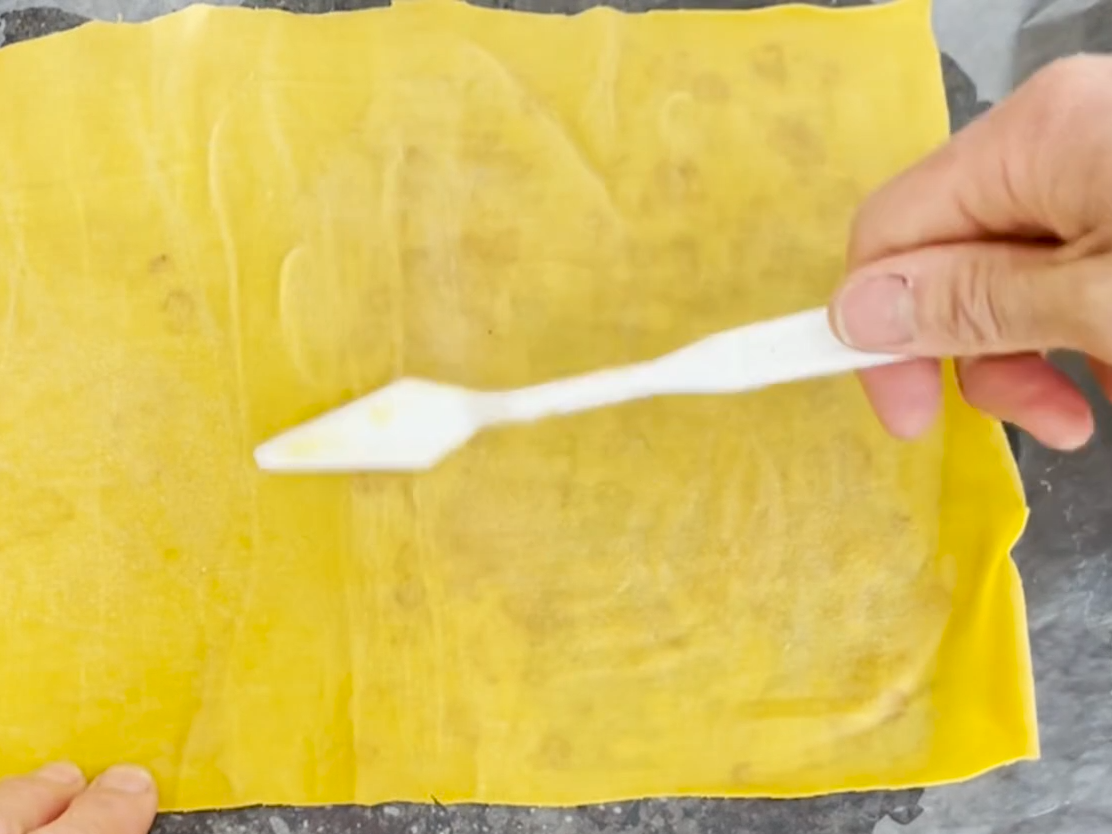
Step 7: Hang dry it for about 5 minutes. When the time is up, the wraps should be sticky but not overly so, and they shouldn’t be damp at all.
